What is a Diet Log Sheet and Why is It Important?
A diet log sheet is a simple document where you can record everything you eat and drink throughout the day. It includes columns for each meal and snack, as well as spaces to jot down portion sizes and any notes about how you felt before or after eating. This sheet can also help you to track water intake and exercise habits.
By recording your food intake, exercise habits, and feelings related to eating using this sheet, you can gain valuable insights, hold yourself accountable, and make better choices for your overall well-being. So, start using a diet log sheet today and see the difference it can make in your journey to a healthier you!
 Printable Food Journal Diary
Printable Food Journal Diary

 Printable Food Diary Sheets
Printable Food Diary Sheets

 Food Diary Template Printable
Food Diary Template Printable

 Printable Daily Food Journal
Printable Daily Food Journal

 Fitness Log Sheets Printable
Fitness Log Sheets Printable

 Printable Calorie Log Sheet
Printable Calorie Log Sheet

 7 Days Food Diary Printable Template
7 Days Food Diary Printable Template


How to Set Up a Diet Log Sheet?
- Choose a Format: Decide whether you prefer a digital or physical diet log sheet. There are various templates on our blog for digital tracking.
- Set Clear Goals: Before you start tracking your food intake, establish clear goals for your diet. Whether you're aiming to lose weight, gain muscle, or improve your overall health, having specific objectives in mind will help you stay motivated.
- Create Categories: Divide your log sheet into categories such as meal times (breakfast, lunch, dinner, snacks), food items, portion sizes, and calories. You can also include columns for tracking water intake, exercise, and mood.
- Record Your Meals: Ensure that you log each meal and snack you consume throughout the day. Be as detailed as possible, including ingredient lists and portion sizes. This will give you a more accurate picture of your daily food intake.
- Calculate Calories: If your goal is to manage your weight, it's essential to calculate the calories of each food item you consume. There are online resources and apps that can help you determine the calorie content of different foods.
How to Track Calories, Macros, and Nutrients Using a Diet Log Sheet?
Tracking your dietary intake using a diet log sheet can offer several benefits. Firstly, it allows you to monitor your calorie consumption and ensure that you are not overeating or undereating. By tracking your macros (macronutrients) – like carbohydrates, protein, and fats – you can also optimize your diet for your specific goals, whether it's weight loss, muscle gain, or improved athletic performance. Additionally, tracking your nutrients can help you identify any deficiencies in your diet and make necessary adjustments to meet your daily recommended intake.
How to Track Calories:
- Start by determining your daily calorie goal based on your weight, activity level, and goals.
- Use a food scale or measuring cups to accurately portion your food.
- Keep a detailed record of everything you eat and drink throughout the day.
- Make adjustments to your diet as needed based on your results and goals.
How to Track Macros:
- Calculate your daily macro goals based on your body composition and fitness objectives.
- Identify foods that are rich in carbohydrates, proteins, and fats to help you reach your macro targets.
- Adjust your meals and snacks to ensure you are meeting your macro requirements and optimizing your performance.
How to Track Nutrients:
- Focus on consuming a variety of nutrient-dense foods to meet your vitamin and mineral needs.
- Keep a list of foods high in essential nutrients like iron, calcium, and vitamin C to incorporate into your meals.
- Make changes to your diet to fill any nutrient gaps and support your overall health and well-being.
What are the Best Tips for Accurate Portion Tracking on a Diet Log Sheet?
- Use Measuring Cups and Food Scales: One of the most effective ways to accurately track your portions is to use measuring cups and food scales. This allows you to measure out exact serving sizes and ensure you are not unintentionally overeating. By using these tools, you can get a better idea of the portion sizes you should be consuming for each food group.
- Educate Yourself on Serving Sizes: It is essential to educate yourself on standard serving sizes for different food groups. Understanding what a serving size looks like can help you gauge how much you should be eating and make it easier to track your portions accurately. You can find serving-size information on food packaging or through online resources.
- Keep a Food Diary: Keeping a detailed food diary can help you track your portions and monitor your eating habits more effectively. Write down everything you eat and drink throughout the day, along with portion sizes. This can help you identify patterns in your eating behavior and make adjustments as needed.
- Divide Your Plate: A simple trick to ensure accurate portion control is to divide your plate into sections for different food groups. For example, fill half of your plate with fruits and vegetables, a quarter with lean protein, and the remaining quarter with whole grains. This visual cue can help you balance your meals and control portion sizes.
More printable images tagged with:
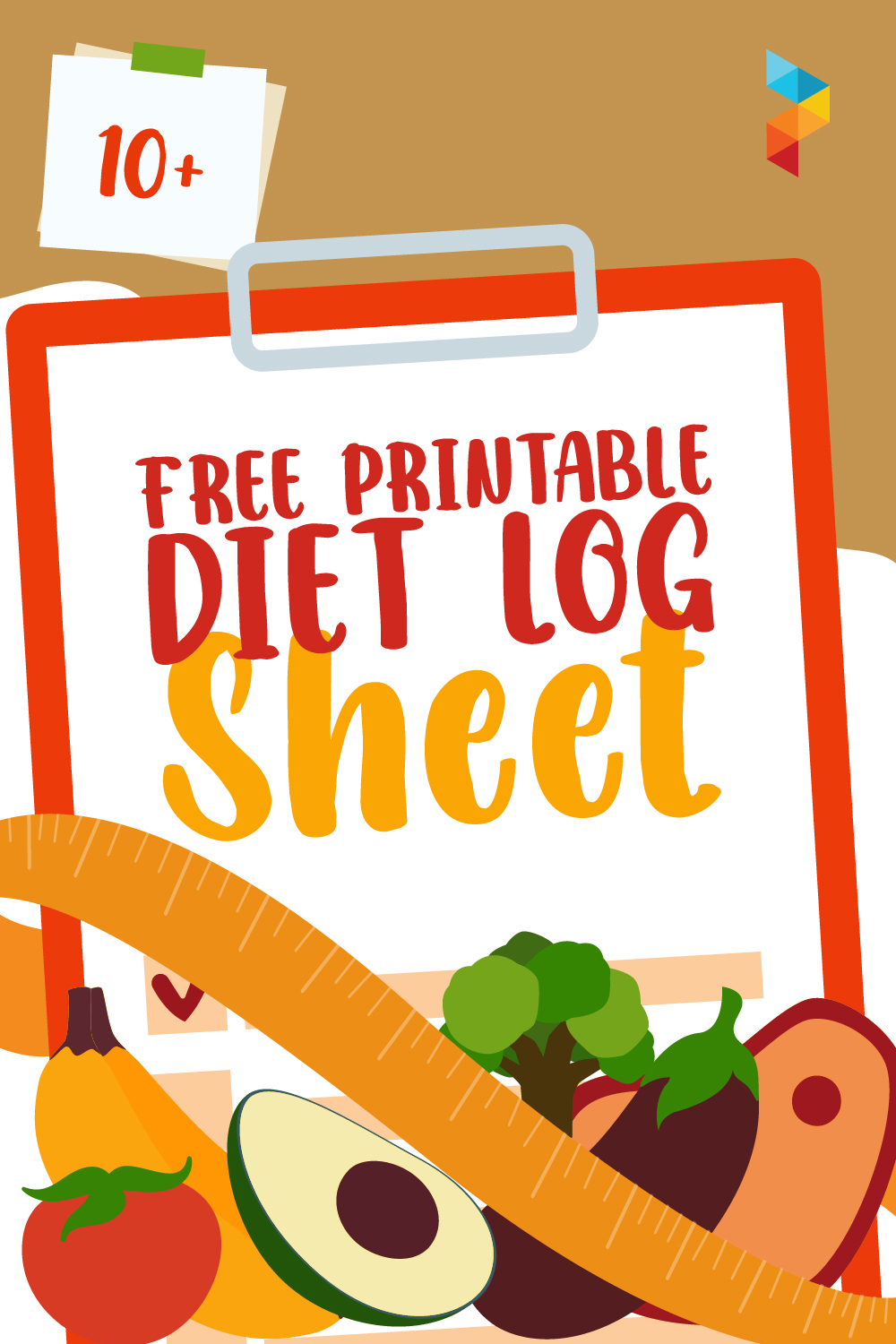
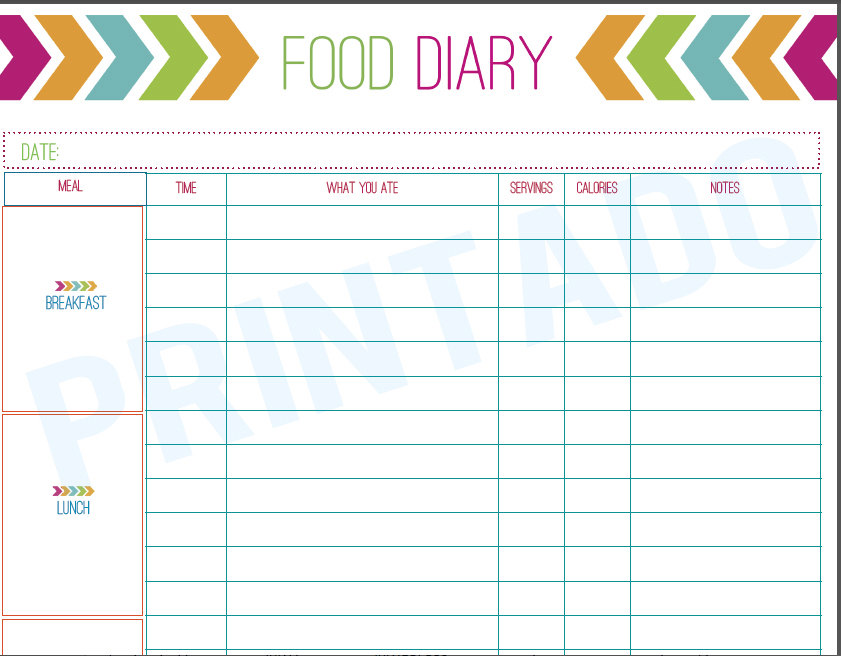
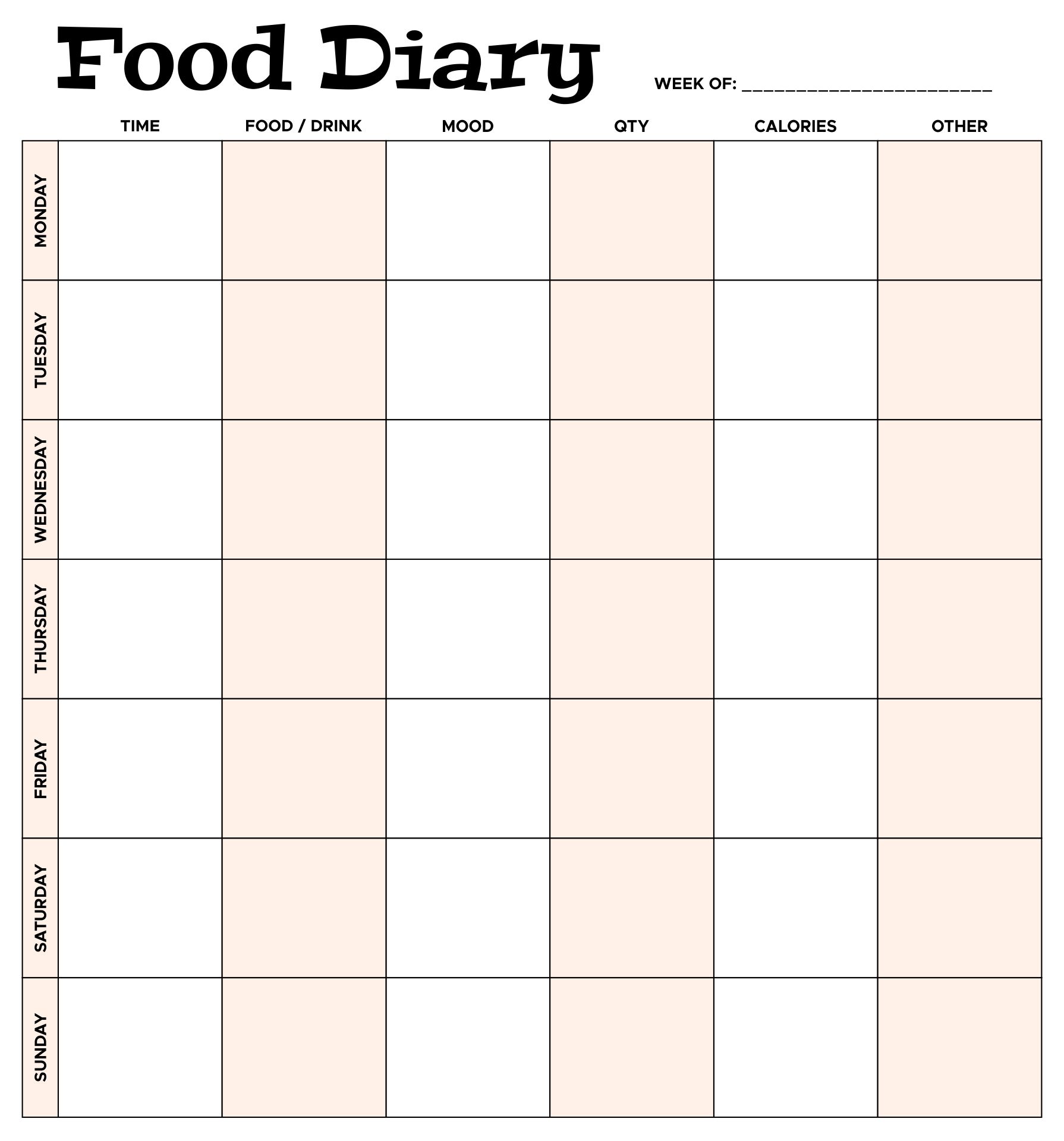
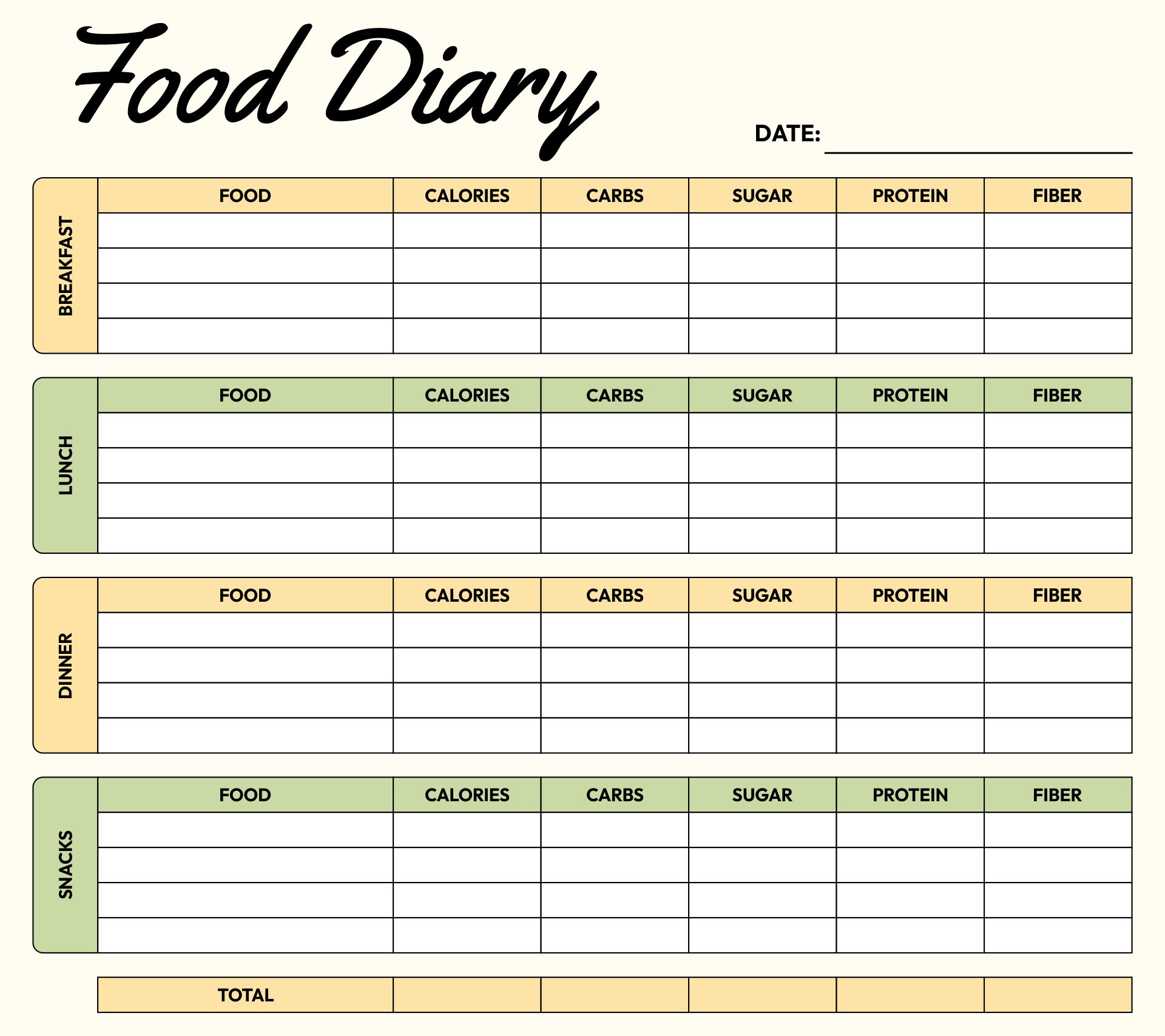
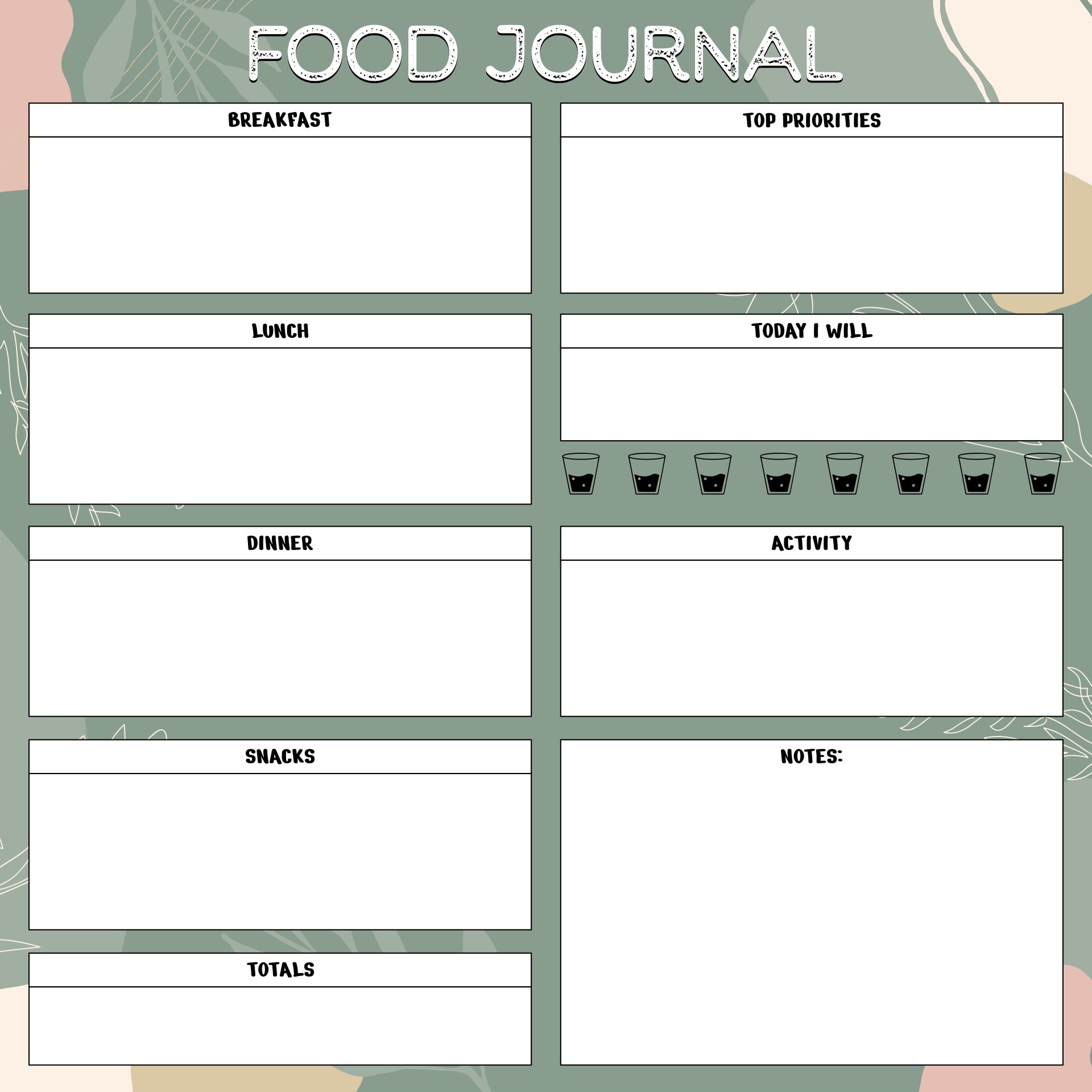
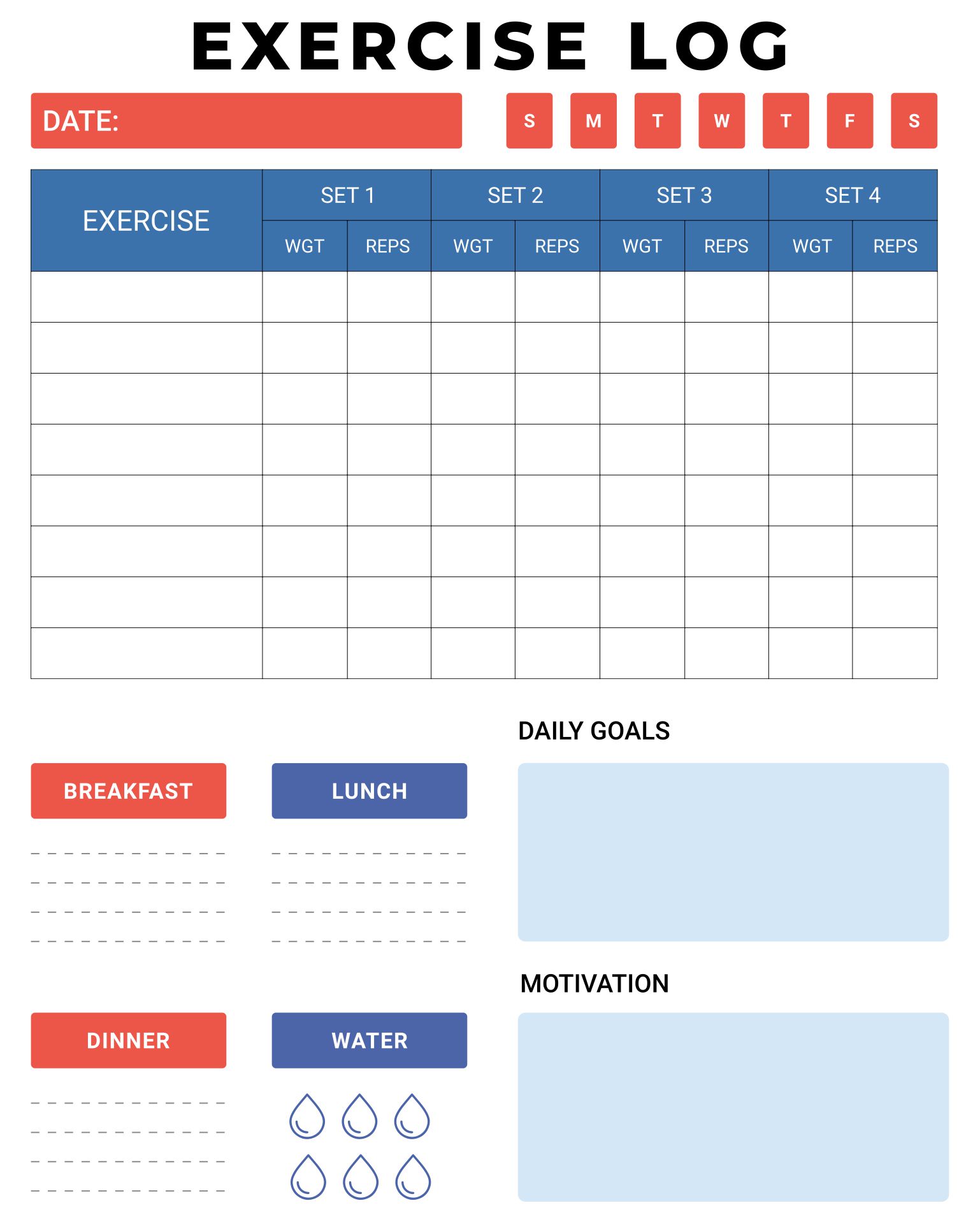
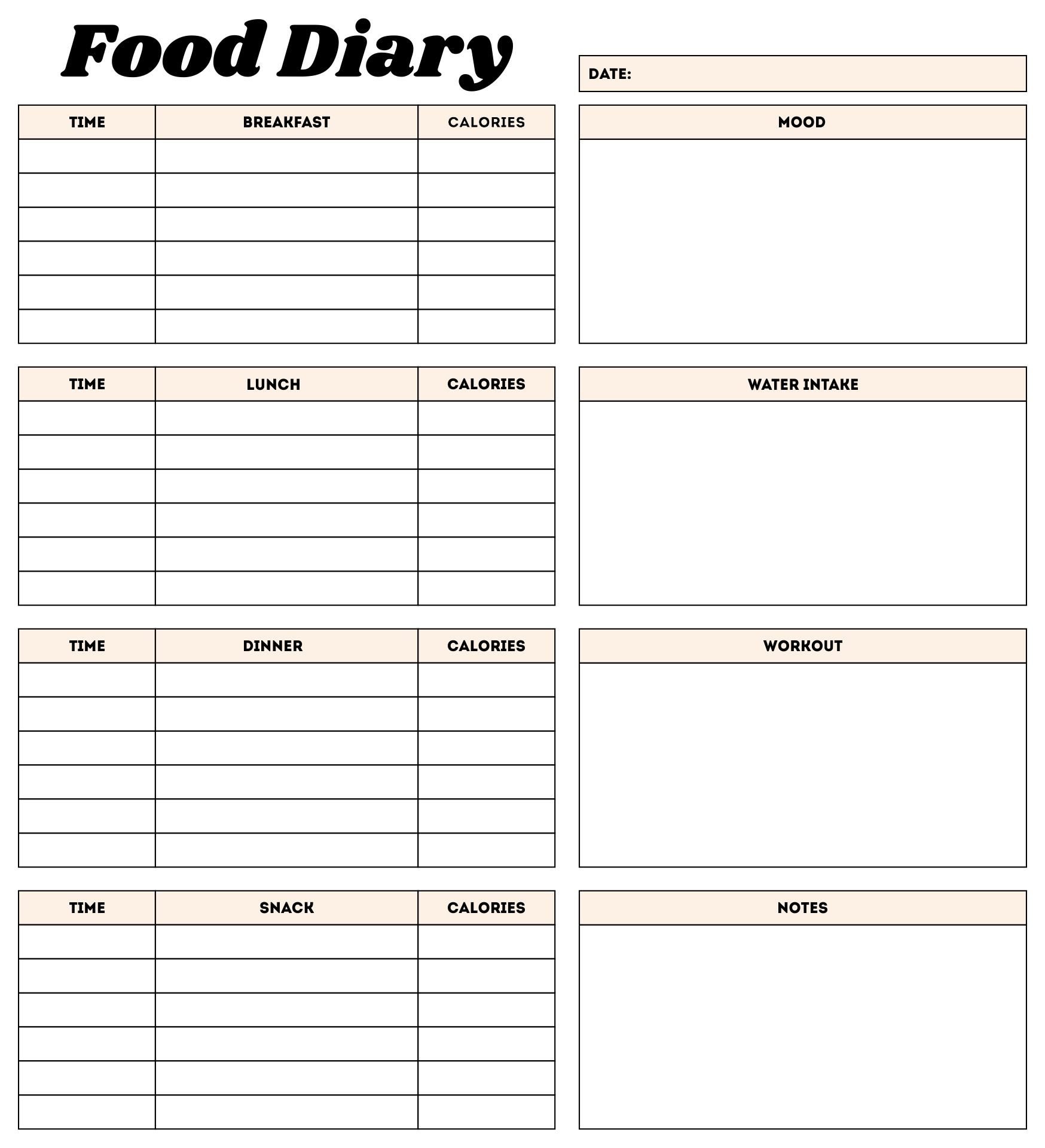
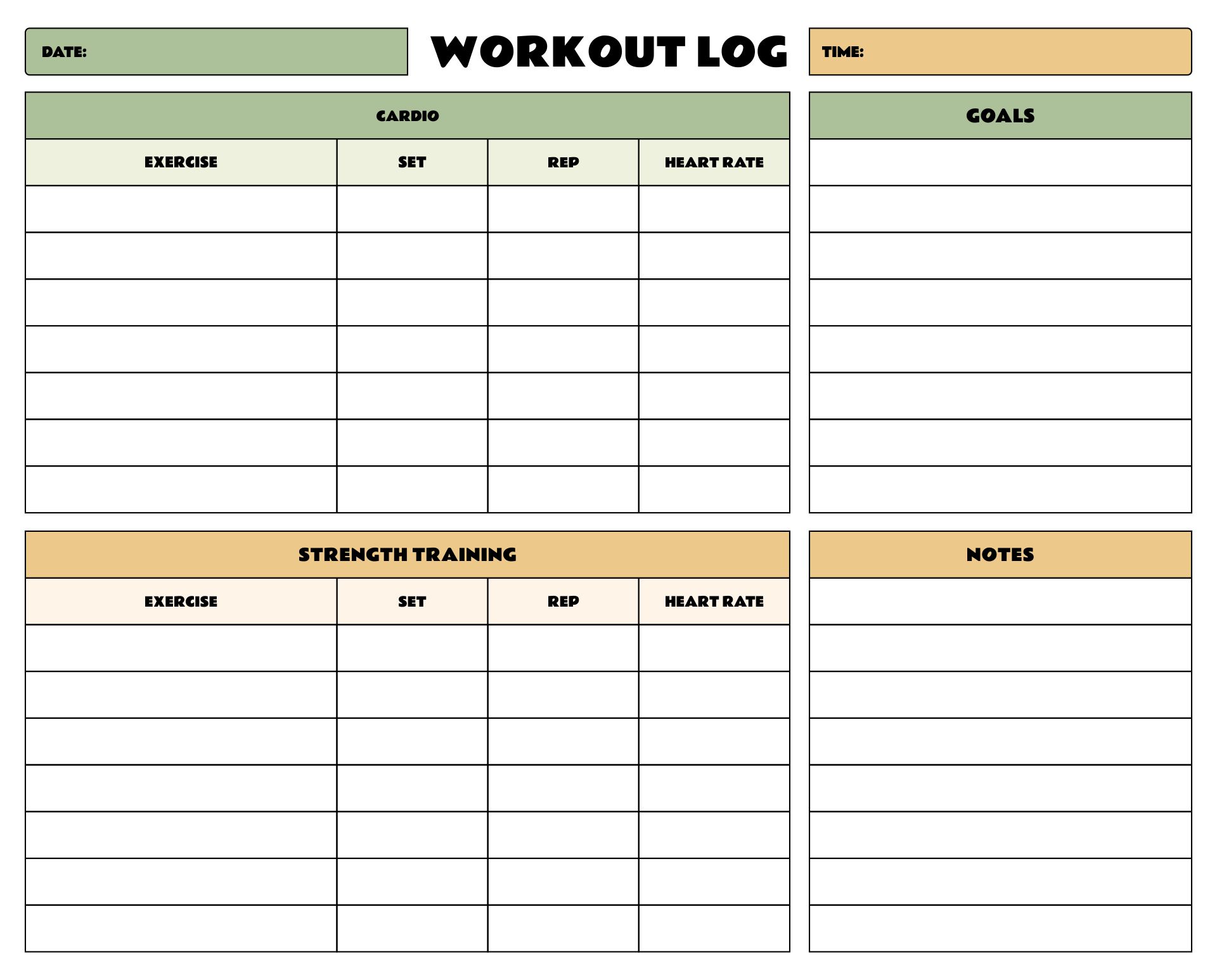



Have something to tell us?
Recent Comments